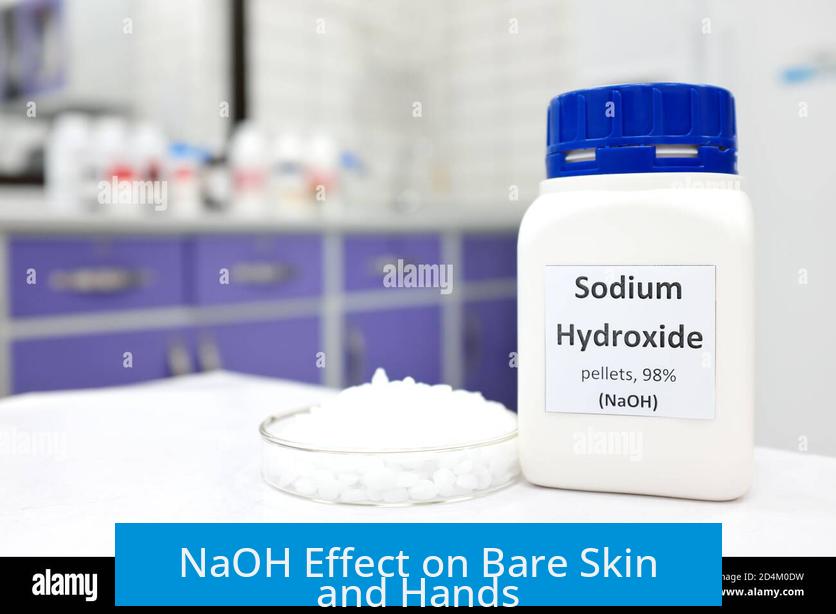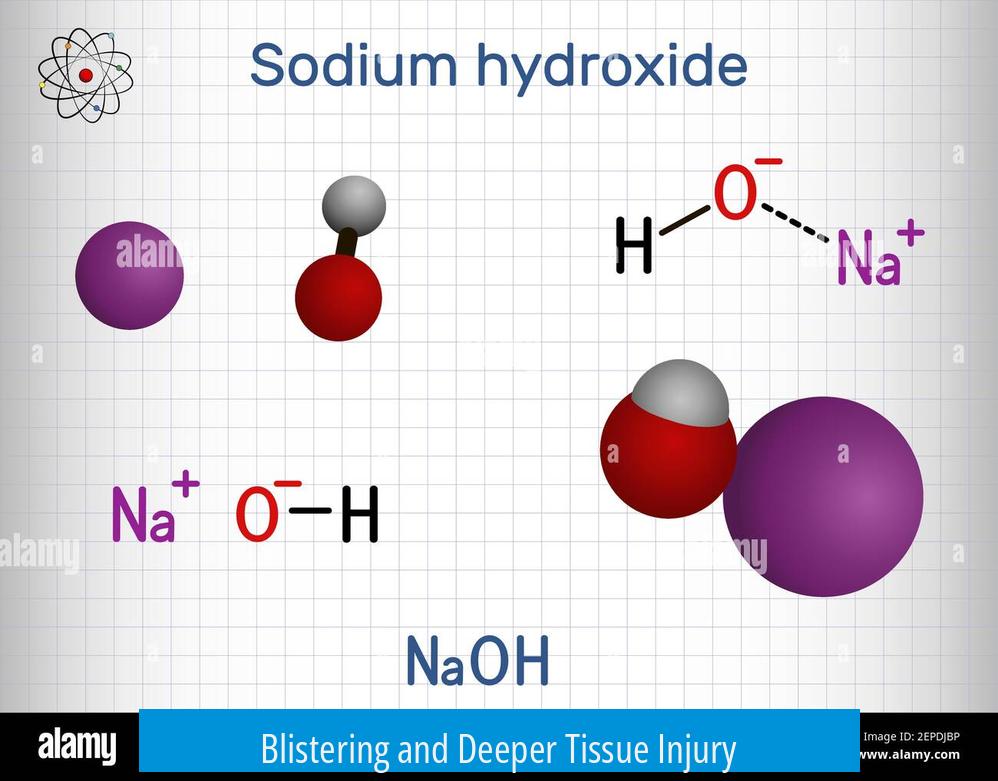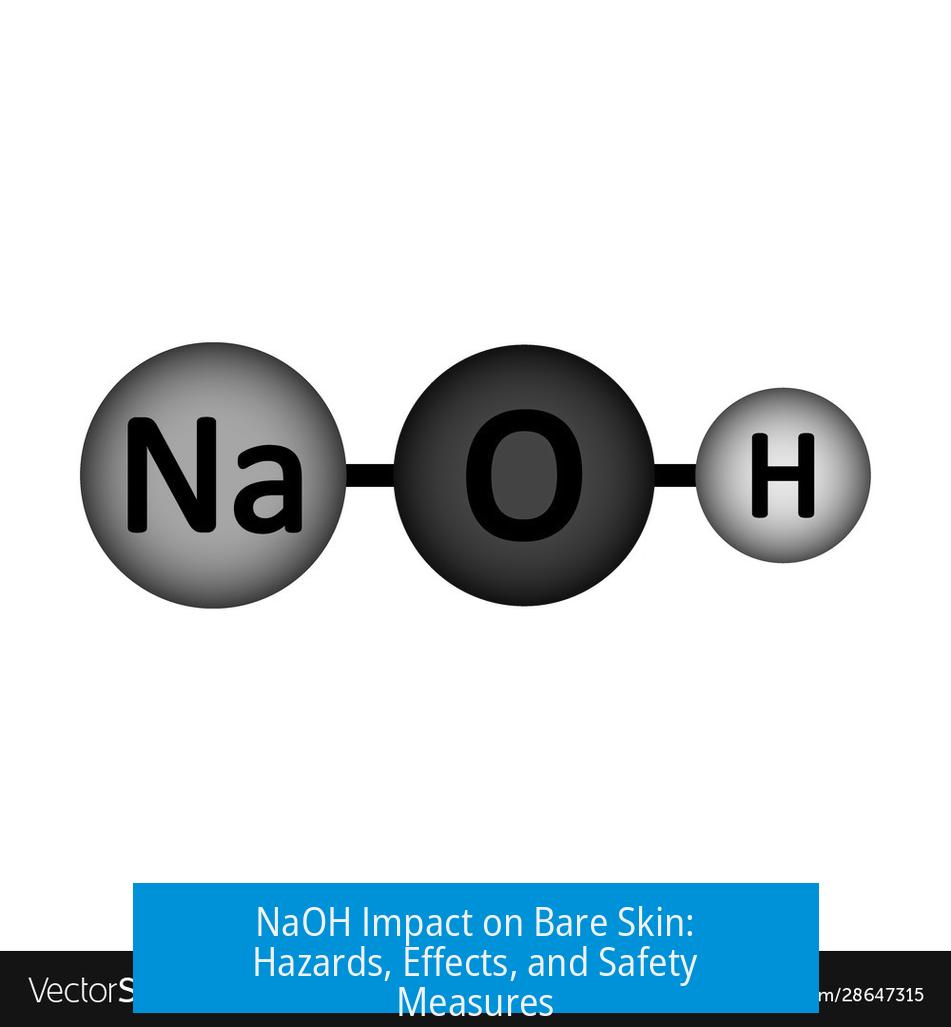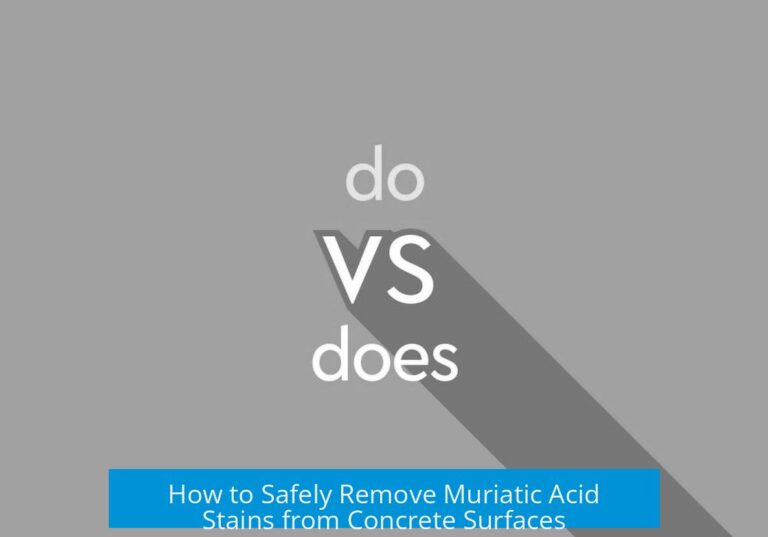NaOH Effect on Bare Skin and Hands

Sodium hydroxide (NaOH) is a strong base that can cause chemical burns and damage to the skin. The severity of its effect depends chiefly on the concentration and the amount of exposure. Brief contact with highly dilute NaOH usually causes minor irritation. However, exposure to solid, concentrated, or hot NaOH can result in serious damage including deep tissue burns and long-term scarring.
1. Understanding NaOH Hazards on Skin
The danger posed by sodium hydroxide is highly dose-dependent. In small quantities or low concentrations, NaOH’s effects on the skin are often minimal or reversible with proper washing. The phrase “it’s the dose that makes the poison” aptly applies here. People may underestimate the risk if only exposed to tiny amounts, but concentrated or prolonged contact elevates danger substantially.
Unlike some chemicals, strong bases such as NaOH often penetrate deeper skin layers compared to acids under similar conditions. Concentrated bases are typically more caustic to organic material than many acids. For example, concentrations above 10% can rapidly damage the skin and underlying tissue due to their ability to break down fats and proteins through saponification and denaturation processes.
2. Specific Effects of NaOH Exposure on Skin
Irritation and Surface Damage
Initial contact with dilute NaOH solutions often causes sensations described as “soapiness” or mild burning. This feeling results from the saponification of skin oils—the alkaline solution reacts with fatty acids in the skin’s natural oils, which leads to superficial skin layers peeling or becoming irritated. Such exposure can cause itching, redness, and dryness. Immediate washing with water typically limits irritation to mild, temporary discomfort.
Blistering and Deeper Tissue Injury

If exposure is prolonged or involves more concentrated solutions, the damage intensifies. NaOH can break down proteins and lipids, destroying cell membranes. This leads to blistering, peeling skin, and cracks, especially along fingerprint lines or natural skin creases where the material can accumulate.
Severe burns due to NaOH feel painful and can cause lasting damage. Cases exist where hot, concentrated solutions applied on sensitive areas like inner arms or legs have resulted in serious wounds. Such injuries may become necrotic, heal slowly, and leave scars. Even years post-exposure, affected skin may retain changes in texture or sensitivity.
3. Anecdotal Evidence and Real-World Experiences
- One individual severely burned a hand by handling powdered NaOH without protection. The injury was significant and took time to heal.
- Another person recounts soaking a fingertip in low-concentration NaOH due to a pinhole in their glove for a few minutes. The resulting irritation was uncomfortable but eventually resolved.
- Users who regularly handle NaOH in lab or DIY settings report minor exposure causes itchy patches or temporary soreness that resolves after prompt washing.
- An experienced handler mentions exposure to prills (small solid pellets) and splashes while making sodium aluminate, emphasizing the need for gloves and caution at all times.
4. Safety Recommendations and First Aid
Personal Protective Equipment (PPE)
Proper PPE is essential to prevent NaOH contact. Gloves made from nitrile or neoprene provide effective protection. Eye protection and long sleeves are equally important because splashes or aerosolized droplets can cause severe eye or skin injuries. People without correct protective gear should avoid handling NaOH.
Immediate First Aid for NaOH Exposure
In the event of skin contact:
- Immediately flush the affected area with copious amounts of water for at least 15 minutes.
- Remove any contaminated clothing carefully to avoid further spreading NaOH to other skin areas.
- Do not apply any neutralizing agents unless advised by medical personnel, as these can generate heat and worsen injury.
- After washing, seek medical evaluation for any signs of deep burns, persistent pain, or blistering.
Individuals who work on small home projects such as pouring concrete or mixing cleaning agents with NaOH experience stronger reactions than brief lab exposures. Concrete contains NaOH, and prolonged skin contact can cause severe irritation and even chemical burns.
Handling Advice for Users
While NaOH is a harsh chemical, reasonable precautions and respect for its properties allow many to use it safely. Those with physical callouses on their hands may tolerate minor splashes better, but this should not encourage careless handling. Experience and strict adherence to safety protocols reduce risk considerably.
Maintaining clear work areas, keeping paths unobstructed, and refreshing knowledge of safety procedures also reduces accidents. Understanding the material’s corrosiveness and potential hazards helps people avoid severe injuries.
5. How NaOH Causes Damage on a Chemical Level
NaOH is a strong base that dissociates fully in water, releasing hydroxide ions (OH−). These ions attack lipids and proteins in skin tissue:
- Saponification: The hydroxide ions convert fats present in the skin’s sebaceous layer into soap and glycerol. This disrupts the skin barrier, causing anesthesia-like sensations and damage to protective layers.
- Protein Denaturation: NaOH breaks peptide bonds, resulting in loss of protein structure in skin cells, leading to necrosis (cell death).
- Dehydration: NaOH draws water from the cells causing drying and cracking.
These mechanisms explain why exposure leads to peeling, blistering, and tissue destruction rather than just superficial irritation.
6. Comparing NaOH with Acidic Burns
Strong acids and bases both cause chemical burns but behave slightly differently on skin:
| Property | NaOH (Strong Base) | Strong Acids (e.g., H2SO4) |
|---|---|---|
| Action on skin | Penetrates deeply, saponifies fats, protein denaturation | Coagulates proteins, surface crust formation |
| Speed of damage | Often slower onset, but deeper damage | Faster onset with surface coagulation |
| Pain level | Severe after some delay | Usually immediate and intense |
| Treatment difficulty | Requires prolonged flushing, deeper wounds harder to treat | Also needs flushing, but crust formation may limit penetration |
Both require urgent medical attention but bases like NaOH tend to cause more insidious injury below the skin’s surface.
7. Long-Term Skin Effects After NaOH Exposure
Severe burns from NaOH can leave lasting effects on skin texture and appearance:
- Scarring with altered pigmentation
- Thickened skin areas or callouses where healing was extensive
- Chronic sensitivity or dryness in affected regions
- Possible skin cracking at fingerprint lines causing functional discomfort
Prompt first aid and medical treatment reduce the severity of these outcomes but not all damage is fully reversible in some cases.
Key Takeaways
- NaOH damages skin through concentration-dependent chemical burns; low doses usually cause mild irritation.
- It penetrates skin deeply, dissolving oils and proteins, causing blistering and long-term injury.
- Proper PPE including gloves and eye protection is essential when handling NaOH.
- Immediate washing of skin with water after exposure limits damage significantly.
- Compared with acids, NaOH causes deeper tissue damage but slower surface effects.
- Severe injuries can lead to scars and permanent skin changes.
- Responsible handling, awareness, and respect for NaOH’s hazards prevent most accidents.
What happens if a small amount of diluted NaOH contacts bare skin?
Usually, if the concentration is low and you rinse quickly, no serious harm occurs. It may cause minor irritation or itchy patches but rarely leads to lasting damage.
How does NaOH cause damage to the skin?
NaOH breaks down skin oils and outer layers, causing a soapy feel and potential irritation. If not washed off, it can lead to blistering, peeling, and deeper tissue damage over time.
Can brief contact with NaOH cause long-term skin effects?
Small exposures on tough skin like hands often heal without scars. However, delayed washing or higher concentrations may cause burning, cracking, or lasting skin changes.
Why are strong NaOH solutions more dangerous than acids?
Concentrated NaOH is more caustic and can penetrate deeper into the skin. It often causes worse damage than similar acid concentrations, especially if it stays on skin longer.
What safety measures help prevent NaOH injury on hands?
Always wear proper gloves and PPE. If contact occurs, rinse immediately and thoroughly. Experienced handlers set boundaries and respect the risks involved.





Leave a Comment